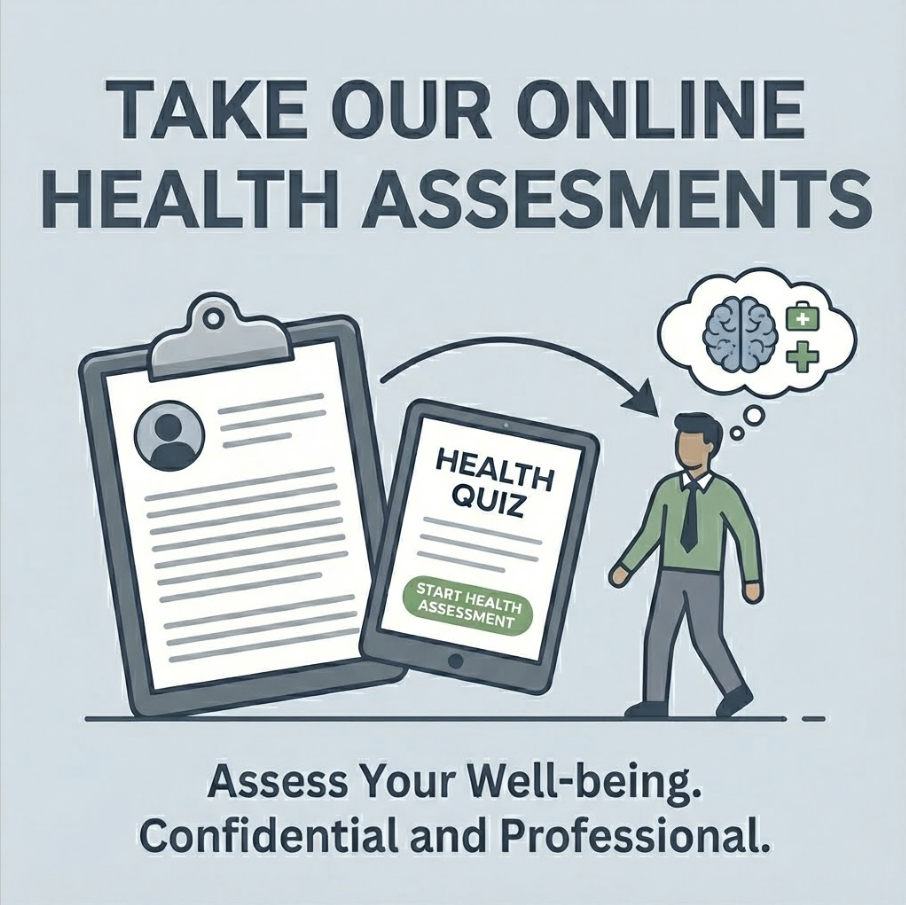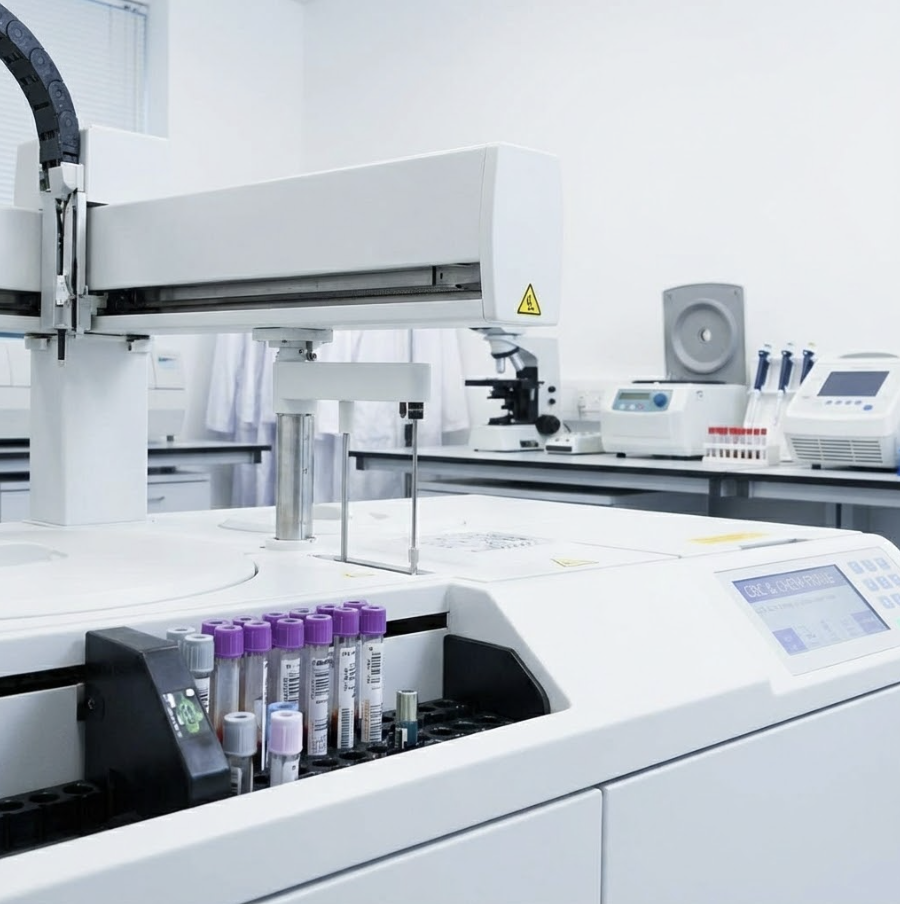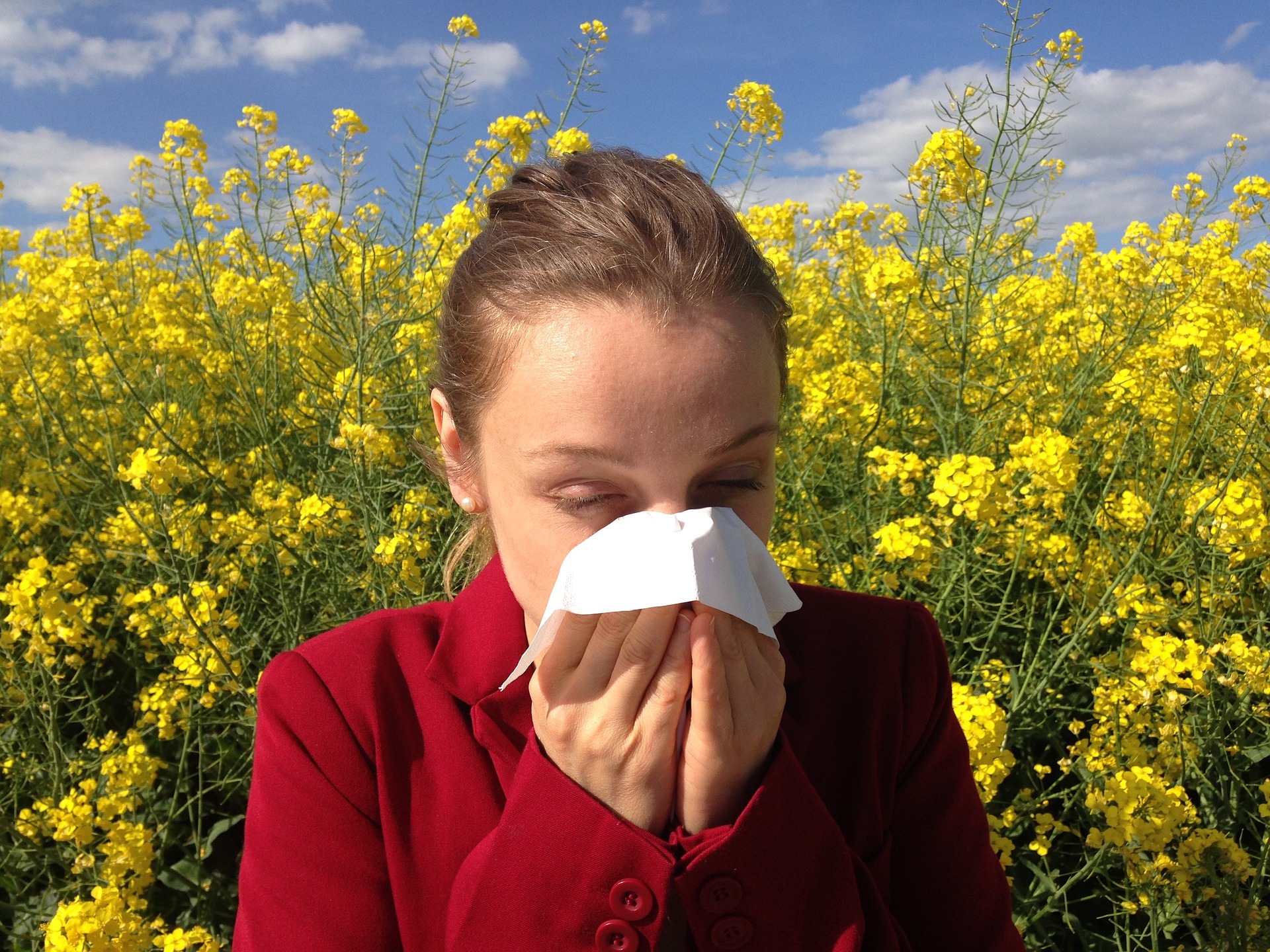The short answer is that it could be both. Or rather, pollution can make allergies worse.
When it comes to seasonal allergies much attention gets put on those pesky pollen grains that bloom during certain times of the year and not so much on the pollution that many of us are exposed to. But as it turns out, air pollution caused by the burning of fossil fuels may be the reason allergies are more prevalent now than in the past.
What is air pollution?
What we typically call pollution is actually a cocktail of various noxious gasses and particles. And depending on how far you are from the source, be it a major road or freeway, you can be exposed to different types of toxic chemicals. This is because when exhaust is first emitted from a vehicle, the particulate matter is in its most toxic state. As it travels further from the source it undergoes chemical changes ultimately turning into more stable forms of pollution. Not that we shouldn’t worry about pollution, but this explains why it is so much worse living and working closer to a high traffic area.
The pollen-pollution connection
Once these tiny particles of pollution become more stable they can adhere to the surface of pollen grains and other types of aeroallergens like mold and fungal spores. What we’re left with is this supervillain pollution-pollen particle that is now ready to dive deep into your lungs and trigger a cascade of inflammatory processes.
What makes matters worse is that exposure to types of pollution such as ozone and PM-2.5 can cause inflammation in the airways and essentially prime the immune system to overreact once you come into contact with allergens. This may also explain why people living in rural areas (and less pollution) experience less seasonal allergies.
To top it all off, the latest research suggests that climate change is increasing the levels of ozone and nitrous oxides which react with some types of tree pollen and actually change the structure of the proteins in the pollen grains causing them to be more allergenic.
What to do about it
These are definitely factors to consider when planning your day or even the location of your next place to live. Fortunately, there are steps that you can take to reduce exposure or symptoms to pollution and pollen. If moving somewhere with cleaner air is not an option, avoiding going outdoors on high pollution/pollen days and getting a home air purifier can go a long way in maintaining good health. Facial masks–which are becoming increasingly popular in Asia–are also a great way to reduce exposure if you spend lots of time outside or are particularly sensitive.
Here are some great resources to keep on top of what’s going on with the state of your air:
References:
http://indiaenvironmentportal.org.in/files/American%20Journal.pdf
http://www.ncbi.nlm.nih.gov/pmc/articles/PMC3463061/
http://www.pollen.com/allergy-news.asp?hdid=697307&src=697743

Get Personalized Answers
Struggling with fatigue, weight gain, or low drive? Choose the right evidence-based assessment for you to get personalized insights in under 2 minutes.

Start with a Blood Test
Take out the guesswork. Book your $154 Vitality Screening, which includes a full lab order and a 20-minute results review with Dr. Morse.
Work With Dr. Morse
All patients work directly with Dr. Michael Morse, a licensed Naturopathic Physician and expert in hormone health.




Follow Us